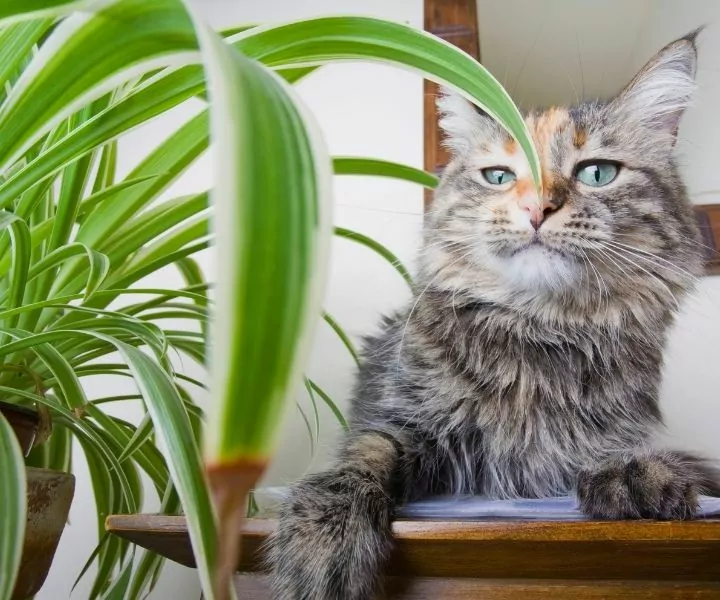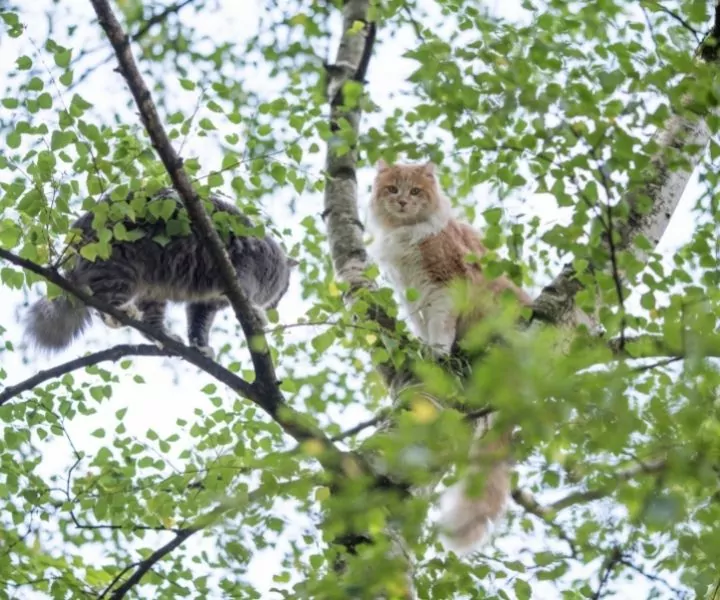For indoor vs outdoor cats, there are pros and cons we are about to explain.

Owning a cat is a delight not all of us can afford to shelter in our homes. Wherever you open your doors for the cat or you provide for it while the animal is outdoors is totally up to you. Cats are smart and resourceful animals and being left outside with opportunities to stay warm whenever they need isn’t too risky for the animal’s health and well-being.
So according to the territory, your cat is allowed to explore your cat can be an indoor cat, an outdoor cat, and a little bit of both.
The Difference Between Indoor vs Outdoor Cats
The difference between an indoor and outdoor cat is often one that can be confusing to many people, especially if your first exposure to a cat was an indoor-only feline. By definition, an indoor cat lives in the house and does not venture outdoors. Outdoor cats, on the other hand, live outside and come in to eat or drink water but are not inside all of the time.
This difference may seem minor but there are actually many different traits that set these two types of cats apart. The behavior of one will be very different from the other. They will need different care. In fact, these two types of cats will have completely different needs. Let’s take a closer look at how these differences come into play.
All About Indoor Cats

Since there aren’t a lot of things in the home that poses a risk to the cat’s health it’s safe to say that indoor cats are less likely to suffer from diseases. They don’t encounter motorized vehicles and the chances of contracting some serious diseases from other cats like FeLV (Feline Leukemia Virus) or FIV (Feline Immunodeficiency Virus) are minimal.
However, maintaining a proper vaccination protocol for your indoor cat is of utmost importance.
The biggest problem with indoor cats is that it’s harder for them to keep a healthy body by spending a lot of time playing. These cats become very dependent on their owner’s stimulation so they will need your help to maintain adequate exercise.
Stress is a risk factor home cats are more prone to especially when the owner leaves the house or when unfamiliar faces show up and can result in diseases and behavioral issues. Enriching the environment with enough scratch posts or climbing objects can keep them calm and entertained but they may still be destructive to the furniture.
What You Need to Know About Outdoor Cats
Opposed to indoor cats, outdoor cats get enough exercise and maintain a fit and healthy body. The rich environment which they can endlessly explore promotes good mental health and thus reduces the chances of stress.
Outdoor cats are far more superior in means of developing a balanced and trustworthy character and even though they are exposed to many risk factors, their overall health status is harder to break. Vaccination must be provided and of course, spaying or neutering to reduce the chances of unwanted pregnancies, infectious and non-infectious diseases.
The biggest concern when it comes to outdoor cats is flea infestations which can potentially transfer into your home if you let the animal inside. Even though there are a lot of flea repellent products on the market (collars or spot-on) it’s hard to keep an outdoor cat 100% clean.

Your outdoor cats will most likely come in contact with other cats infected with viral diseases or contaminated objects and even though vaccinated you can never be too sure that the animal is disease-free.
Keep in mind to take the cat to regular veterinary check-ups to ensure that everything is in order regarding its health. Owners of outdoor cats are advised to put some sort of ID tag on the cat’s collar in case it wanders off or gets injured.
If you liked this article, read “Complex of respiratory diseases in cats” on our blog.
